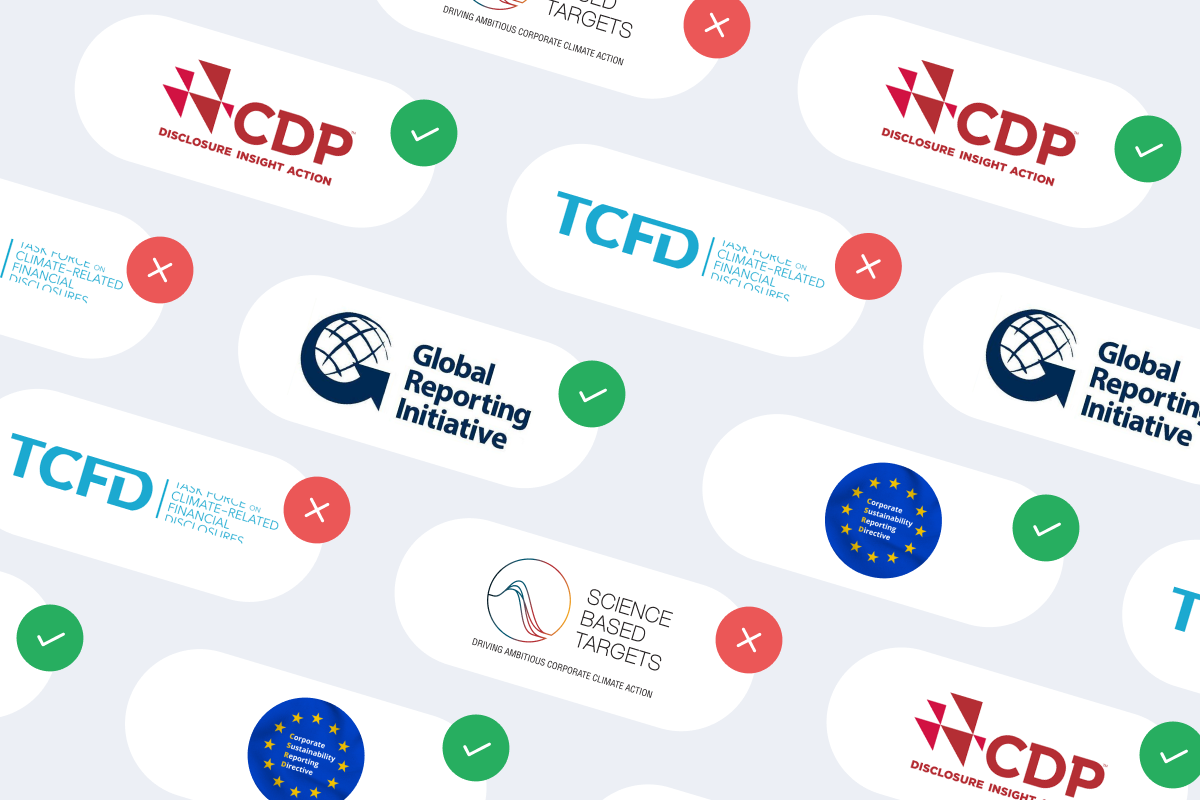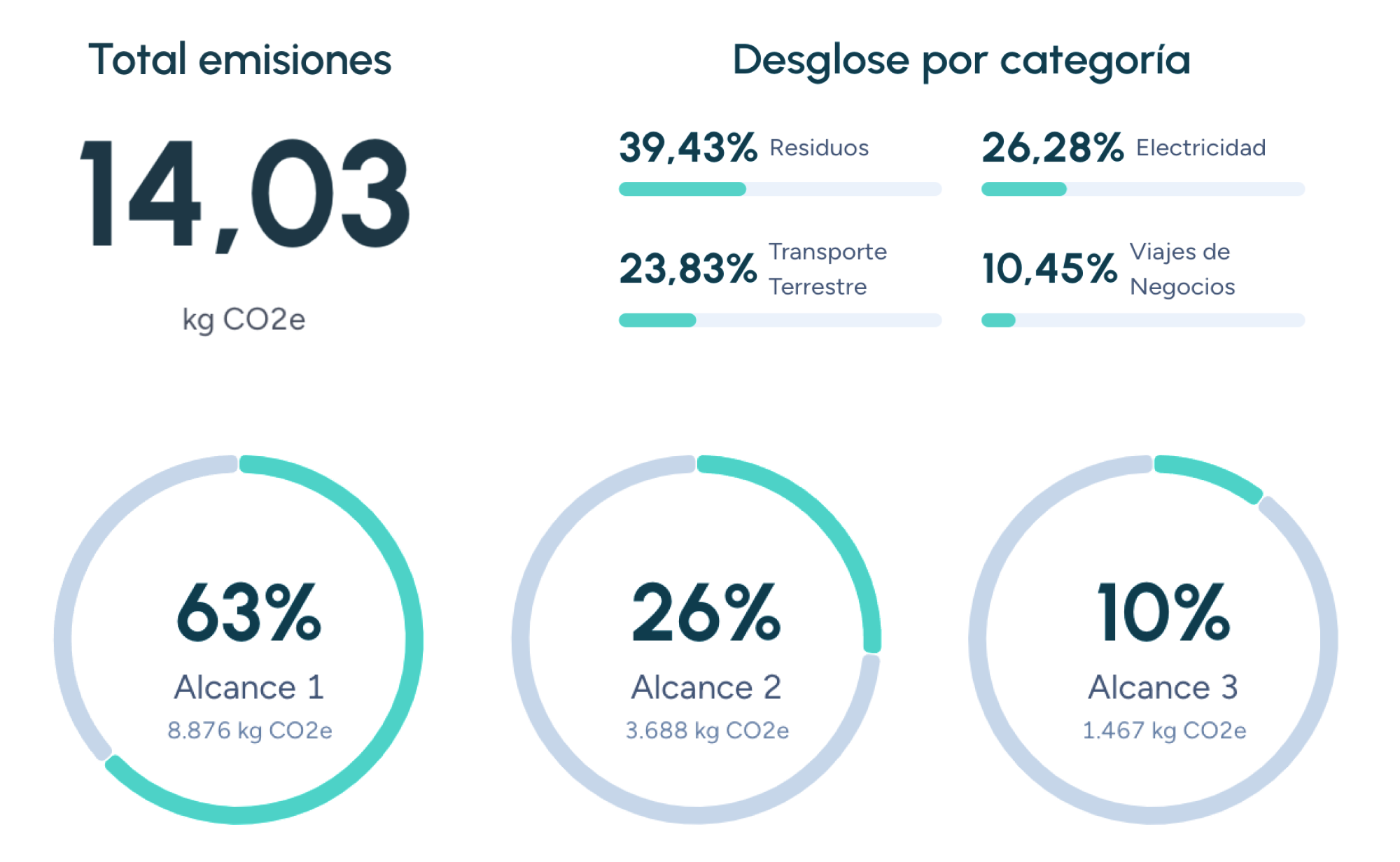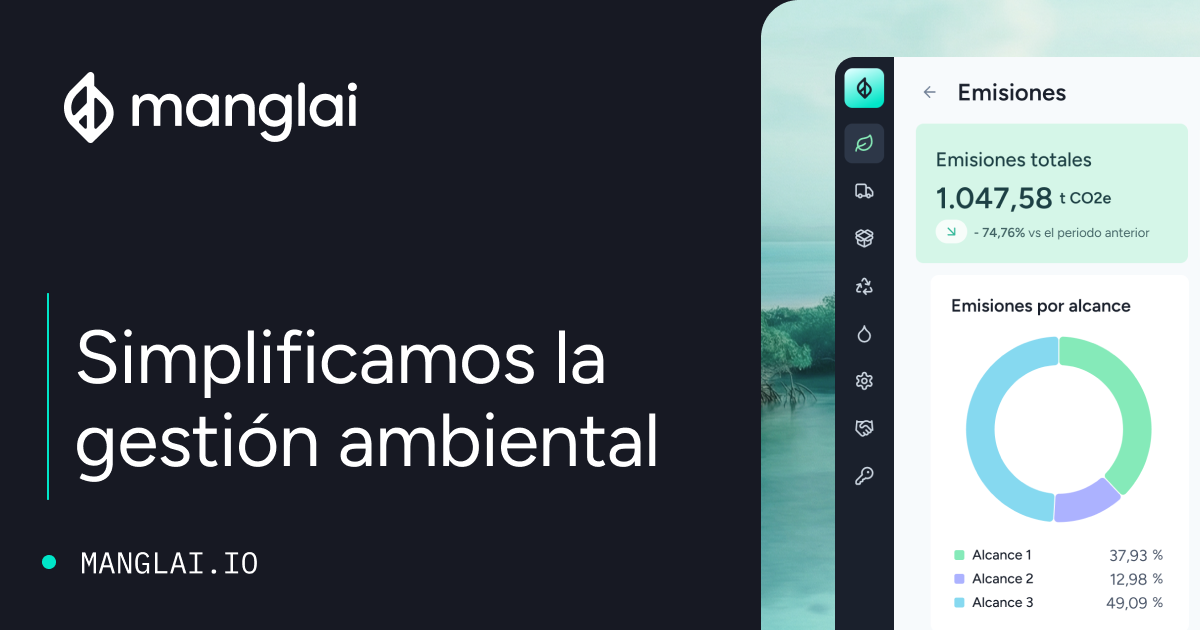G
Greenhouse Gas Protocol (GHG Protocol)
What is the GHG Protocol?
The Greenhouse Gas (GHG) Protocol is the most widely used international standard for accounting and reporting greenhouse gas (GHG) emissions.
Developed in the late 1990s by the World Resources Institute (WRI) and the World Business Council for Sustainable Development (WBCSD), the GHG Protocol provides a globally recognized framework for organizations to measure and manage their impact on climate change.
Why is the GHG Protocol important?
In a world increasingly aware of climate change, companies and organizations face growing pressure to measure, manage, and reduce their carbon footprint. The GHG Protocol offers a standardized framework that allows organizations to:
- Understand their environmental impact: By following a standardized methodology, organizations can accurately identify and quantify their GHG emission sources.
- Set reduction targets: With a clear understanding of their carbon footprint, organizations can establish meaningful and achievable reduction goals.
- Communicate their environmental performance: The GHG Protocol provides a common language for emissions reporting, allowing stakeholders to compare the performance of different organizations.
- Comply with regulations: Many governments and regulatory bodies use the GHG Protocol as a basis for their emission reporting requirements.
GHG emission scopes
The GHG Protocol classifies GHG emissions into three scopes:
Scope 1 Emissions: Direct emissions
Scope 1 emissions are direct GHG emissions from sources owned or controlled by an organization. Examples include:
- Combustion of fossil fuels in owned or controlled facilities (boilers, furnaces, vehicles).
- Industrial process emissions.
- Fugitive emissions from refrigerant gases.
Scope 2 Emissions: Indirect energy emissions
Scope 2 emissions are indirect GHG emissions from the generation of purchased electricity, heat, or steam consumed by an organization. These emissions occur physically outside the operational boundaries of the organization.
Scope 3 Emissions: Other indirect emissions
Scope 3 emissions include all other indirect emissions (not included in Scope 2) that occur in an organization’s value chain, covering both upstream and downstream activities. Examples include:
- Procurement of goods and services.
- Transportation and distribution (upstream and downstream).
- Business travel.
- Waste management from operations.
- Use and end-of-life of sold products.
GHG Protocol methodology
The GHG Protocol provides a step-by-step methodology for GHG accounting, which includes:
- Defining the accounting scope: Determining the organizational and operational boundaries for GHG accounting.
- Identifying emission sources: Identifying all relevant GHG emission sources within the defined boundary.
- Collecting activity data: Gathering data on activities that generate emissions (e.g., fuel consumption, electricity usage).
- Applying emission factors: Multiplying activity data by the relevant emission factors to convert activity into GHG emissions.
- Calculating emissions: Summing up emissions from all sources to determine total GHG emissions.
GHG Protocol standards and tools
The GHG Protocol has developed a range of standards and tools to help organizations implement the framework, including:
- Corporate Standard: Provides guidelines for businesses to account for and report their GHG emissions.
- Scope 3 Standard: Offers specific guidance for accounting for Scope 3 emissions.
- Scope 3 Emissions Calculation Tool: A free software tool that helps companies estimate their Scope 3 emissions.
Benefits of using the GHG Protocol
Adopting the GHG Protocol offers numerous benefits to organizations, including:
- Credibility and international recognition: Using a globally recognized standard like the GHG Protocol enhances the credibility of an organization’s GHG inventories and facilitates comparisons with other companies.
- Informed decision-making: Accurate GHG emissions measurement allows organizations to identify areas for improvement and prioritize the most effective emission reduction initiatives.
- Regulatory compliance: In many countries and regions, companies are required to report their GHG emissions. The GHG Protocol provides the necessary framework to comply with these requirements.
- Access to markets and financing: Investors and consumers increasingly demand transparency in sustainability practices. Companies that measure and manage their GHG emissions are better positioned to access new markets and secure financing.
The GHG Protocol in the context of carbon footprint measurement
The carbon footprint measures the total environmental impact of a product, service, or activity, expressed in terms of GHG emissions. The GHG Protocol provides the methodology for calculating an organization’s carbon footprint, covering both direct and indirect emissions.
Complementary standards and guidelines to the GHG Protocol
In addition to the GHG Protocol, other relevant standards and guidelines for carbon footprint measurement include:
- ISO 14064: This international standard provides requirements and guidance for quantifying, monitoring, reporting, and verifying an organization’s GHG emissions and removals.
- PAS 2050: This specification provides a method for assessing the life cycle of products and services, including GHG emissions.
The future of the GHG Protocol
The GHG Protocol continues to evolve to address new challenges and opportunities in GHG emissions measurement and management. Future updates are expected to focus on areas such as:
- Accounting for emissions in the financial sector.
- Integration of science-based climate targets.
- Development of guidelines for supply chain emissions accounting.
Companies that trust us

AWARE (Available Water Remaining)
AWARE is a Life Cycle Assessment (LCA) characterisation method that weights the impact of water consumption according to the residual water availability in the local basin.
B Corp Certification
B Corp Certification is a global standard that validates companies for their commitment to sustainability and social responsibility, promoting practices that reduce carbon footprints and create a positive impact on society and the environment.
CBAM: EU Carbon Border Adjustment Mechanism
Analyse how the EU taxes imports according to their carbon footprint, the sectors affected, and the steps companies must take to prepare for 2026.
Guiding businesses towards net-zero emissions through AI-driven solutions.
© 2025 Manglai. All rights reserved
Política de Privacidad


